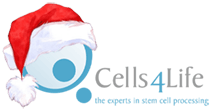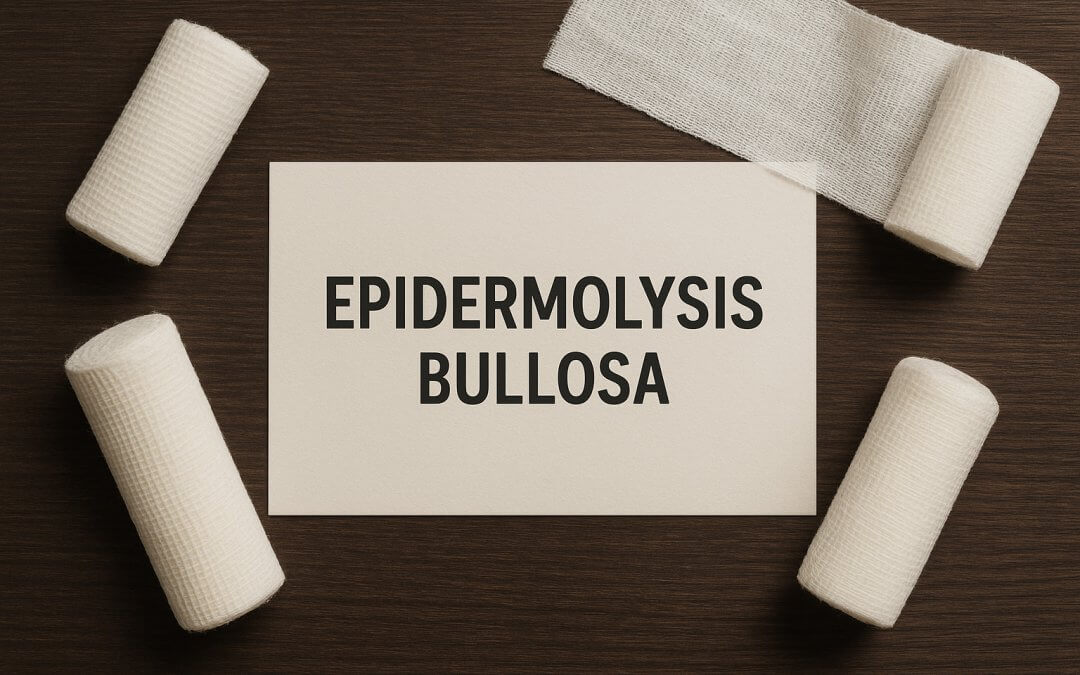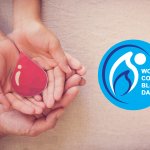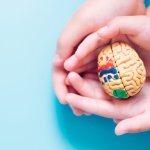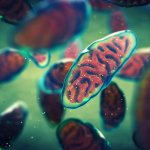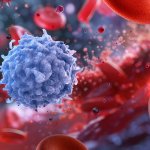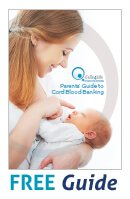Positive early results have emerged from a clinical trial testing an umbilical cord tissue stem cell therapy for epidermolysis bullosa (EB), a currently incurable group of disorders which causes extremely fragile skin. The therapy has shown promise in relieving symptoms and reducing disease activity in children with a severe form of EB.[1]
What is epidermolysis bullosa?
EB is a group of inherited genetic disorders that results in easy blistering of the skin and, in many cases, mucous membranes, such as the lining inside the mouth. With EB, painful blisters or open sores will form with even the slightest friction, even from seemingly trivial things such as clothes rubbing against the skin.
This extreme skin weakness means that everyday things most of us don’t think about can be very difficult and painful for people with EB. What’s more, there is currently no cure available for EB.[2] Because of this, patients and their families have to be constantly careful, avoiding anything that might hurt the skin as much as possible. Dealing with the blisters and sores that do happen, to avoid them spreading further or causing infections, is also a painful, time-consuming daily task.[3] The blisters need to be lanced and dressed, in order to avoid them causing larger, painful wounds that take a long time to heal.[2] Itching is also very common, with patients describing an unbearable, constant itch. Moreover, relief from the itching is difficult, as scratching, too, can tear the skin, create blisters and make existing wounds worse.[4]
Depending on the type of EB and severity of the disease, sufferers may be left with deformities from scar tissue, such as fused fingers or toes, and limited motion. If blisters form inside the mouth or in the oesophagus, eating can also become an issue. Skin cancer and sepsis are potentially lethal consequences.[5]
There are four main types of EB, varying in severity: EB simplex, dystrophic EB, junctional EB and Kindler syndrome.[3] Among these, recessive dystrophic EB (RDEB) is one of the most severe types, and in fact one of the most severe hereditary genetic disorders as a whole[6]. In other words, as the name implies, it is recessively inherited, with two parents who are both asymptomatic carriers of the disease having a one in four chance of having a child affected by it.[7] Patients with this type of EB also have a higher chance of developing skin cancer, and their life expectancy is just age 30.[8]
Trial structure and objectives
The study on the cord tissue stem cell therapy for EB, called MissionEB, focused on children with the two most severe types of RDEB, designated “intermediate” and “severe” in disease classification. It was led by the EB team at Great Ormond Street Hospital[1], one of the four centres of excellence for EB treatment in the UK[9].
A prior small-scale clinical trial had found benefits from a therapy consisting of mesenchymal stem cells (MSCs) derived from bone marrow, with effects lasting 3-6 months.[10] Following this, researchers posited that MSCs derived from umbilical cord tissue (UC-MSCs) could prove more effective.[11] Therefore, the study aimed at testing whether repeated doses of UC-MSCs could be a safe and effective treatment for severe RDEB.
The study enrolled 30 children, and was a randomised, placebo controlled, double blinded cross-over trial. In other words, patients were randomly assigned to the treatment or placebo group. Furthermore, neither the patients nor the researchers were aware which study group each patient was in. After an initial assessment at 9 months, groups were then switched, with the original treatment group receiving placebo and vice versa.[11][12]
Preliminary results of the study show that the treatment improved patients’ quality of life, reducing itch and pain. The range of improvements was broader for patients with less severe RDEB; children younger than 10 also saw improved skin integrity and reduced disease activity. In interviews, both the children and their care givers correctly identified whether they were receiving the treatment or the placebo.[11][1]
An open-label extension study is now ongoing. In this study, patients who completed the original MissionEB trial will receive three cycles of the treatment, at zero, four, and eight months. The severity of their disease will then be assessed at four, eight, and twelve months.[1]
The future of cord tissue stem cell therapy for EB
Following an agreement with Great Ormond Street Hospital for use of the data, biotechnology company Inmune Bio is marketing the treatment as CORDStrom. The company intends to seek approval for the treatment in the US, UK and EU in the nearby future.[11]
At Cells4Life, we have previously released a cord tissue sample for the treatment of epidermolysis bullosa. More in general, studies like these show the incredible potential of umbilical cord stem cells as treatment for rare, disabling diseases. To learn more about how you could preserve these powerful stem cells for your baby and family, fill in the form below to receive your free guide to cord blood banking.
References
[8] EB Research Partnership. (2025). Dystrophic EB (DEB). https://www.ebresearch.org/dystrophic.html
[11] Cure EB. (2025). Mission EB. https://cure-eb.org/research-portfolio/mission-eb/
FIND OUT MORE, REQUEST YOUR WELCOME PACK TODAY
All you need to know to make an informed decision.
Provide your contact details to request:
– Complete Welcome Pack and Parent’s Guide
– Information via email
– Contact from our specialist advisors
